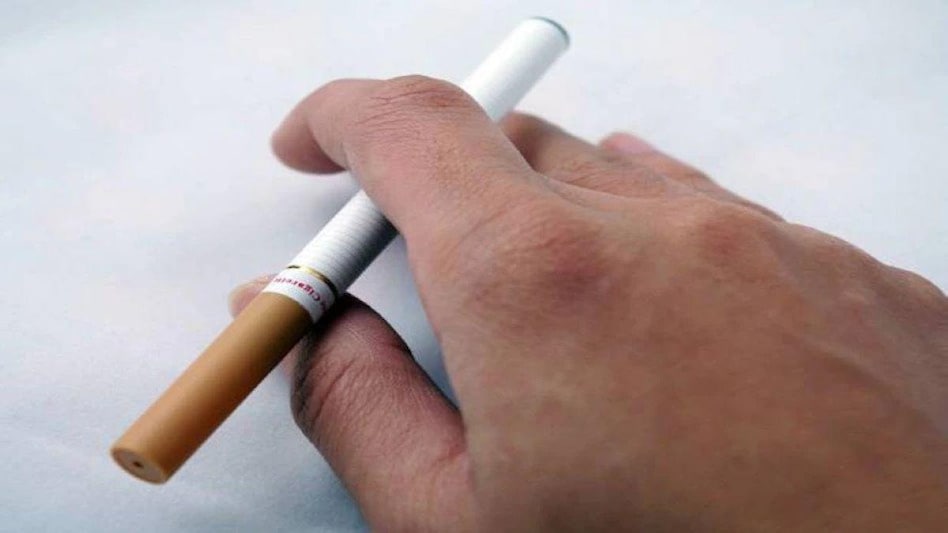 Indian smokers are being denied the access to a safer alternative of nicotine intake.
Indian smokers are being denied the access to a safer alternative of nicotine intake. Indian smokers are being denied the access to a safer alternative of nicotine intake.
Indian smokers are being denied the access to a safer alternative of nicotine intake.While the world is embracing science, innovation, and safety at the heart of policy making, India still lags far behind. India has a strange affinity to ban products and services cursorily, mostly on political or moral considerations rather than delving into available empirical evidence recognized globally. Resultantly, Indian consumers are denied the freedom to choose products and services which are available to consumers elsewhere in the world. Consumers mostly do not find representation in the decision-making process, which leads to framing and adoption of ineffective policies which may be doing more harm than good.
Alcohol is a glaring example. Bans in few "dry states" in India have in no way dissuaded supply. In fact, prohibition has promoted bootlegging which compromises the very health and safety of consumers by providing exposure to illicit hootch. The recent ban on cryptocurrency has again raised concerns about restricting consumer freedom. From books to porn, from medicines to apps, India has a long history of resorting to bans as an option to both regulation and governance. It becomes that much more mystifying when it applies to products that clearly show consumer preference as a safer alternative.
India has the second-largest tobacco-using population in the world. Indian National Health Policy 2017 comprehensively includes the aspect of tobacco control and sets out the target for achieving 30 per cent relative reduction of tobacco use by 2025 from the levels in 2009-10.
The World Health Organization's Framework Convention on Tobacco Control to which India is a signatory recognises the need for tobacco harm reduction in addition to other tobacco control measures. This calls for expanding the current tobacco control measures to include modern scientific approaches.
In 2008, India imposed a ban on smoking in public places to curb high levels of tobacco addiction. Direct and indirect advertising of tobacco products and sale of cigarettes to children was also prohibited. However, surrogate advertising flourished and smoking in undesignated places increased without any inhibition or fear.
Also Read: Here's why management courses need more women candidates
What is surprising is that our policy makers have failed to take a positive approach towards harm reduction and have chosen to neglect the innovation in the tobacco and nicotine space. Only a few nicotine replacements therapies (nicotine chewing gums, patches, etc.) have been introduced to help people quit smoking but with little success. Many innovative products that do not involve combustion of tobacco leaf and inhalation of smoke thus lowering public health risk through product substitution have not been considered at all! UK, Japan, USA and much of Europe have recognised that there is sufficient evidence that these products effective and dramatically reduce the risks of smoking.
In 2019, government chose to notify The Prohibition of Electronic Cigarettes Act, 2019, banning production, import, export, transport, sale or advertisements of "alternative" smoking devices like e-cigarettes which are sold globally with appropriate regulatory controls as viable less harmful options. US FDA has recently classified them as less harmful than smoking and "appropriate for the protection of public health". UK has also opened the pathway for such devices.
Indian consumers are being deprived of a "healthier choice" and government itself of the opportunity to control the sale and use of illegally sourced e-cigarettes, especially by youth and non-smokers. Indian smokers are being denied the access to a safer alternative of nicotine intake, which indirectly helps to perpetuate tobacco-related disease and deaths. This goes against the very spirit of our Constitution which obliges the State to regard improvement of public health as among its primary duties - Article 47.
Incorporation of harm reduction approach in Indian policy will support consumers for whom quitting is a clearly a challenge. The government should not deny the potential benefit to smokers who could switch completely or significantly reduce their cigarette use. Preventing teen or non-smoker uptake can be addressed through appropriate regulatory measures through careful policymaking.
Policymakers can initiate multi-stakeholder consultations with consumers, public-health analysts, and researchers to develop a progressive and evolving regulatory framework that enables adoption of harm reduction measures effectively at the topmost levels of tobacco control.
(Prof Bejon Kumar Misra is an international consumer policy expert based in New Delhi. Views are personal.)
Also Read: Appraisal vs. productivity conundrum: Why this annual system needs an overhaul